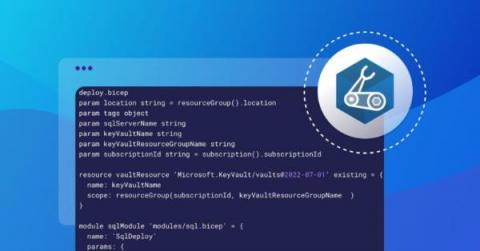2023 Cybersecurity Predictions
In light of the numerous large-scale cyberattacks witnessed in the last year, 2023 promises to be an exciting time for cybersecurity. Outpost24 experts share their thoughts on what we can expect in the new year, and how to best prepare against new threats.









